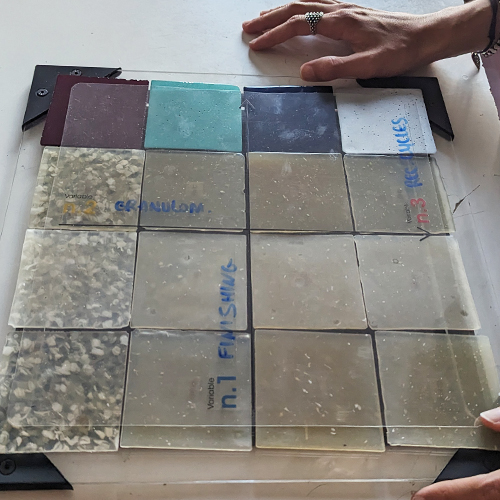Resources
Materials for the use and replication of the RepMat Library.
The resources for the replication of the physical part of the RepMat library are available at this OSF Repository. They mainly support: the definition of the organization and taxonomy, the fabrication of the physical structures, and the use of the physical part of the library.
Do you want to contribute with your samples? Check this link!


